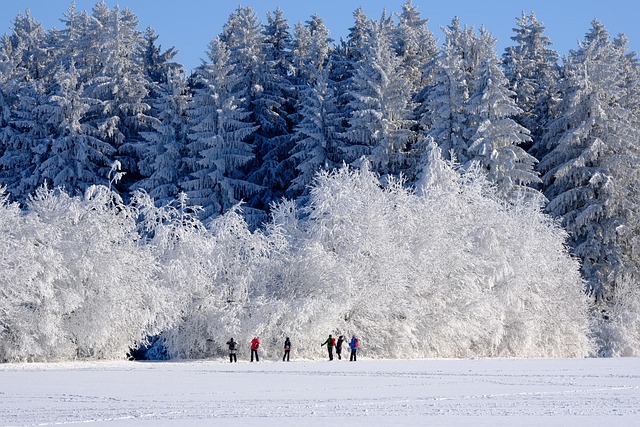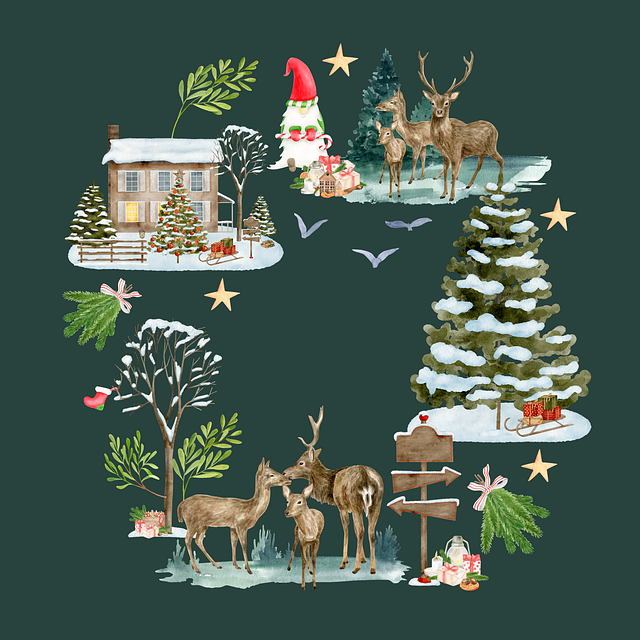Before winter, perform seasonal plumbing maintenance: check moisture levels, pipes for damage/leaks, seal cracks/gaps, ensure proper ventilation, test heating/insulation, and inspect for frozen/blocked pipes. Early detection prevents mold, mildew, structural damage, costly repairs, and ensures a comfortable basement temperature.
As winter sets in, it’s crucial to prepare your basement for potential leaks. This seasonal plumbing maintenance is essential to prevent costly damage and ensure a dry, comfortable space. In this guide, we’ll walk you through assessing moisture levels, inspecting pipes, sealing cracks, checking ventilation, testing heating and insulation, and scheduling regular plumbing checks to keep your basement safe from winter’s onslaught.
- Assess Basement's Moisture Levels
- Inspect Water Pipes for Damage
- Seal Cracks and Gaps Around Pipes
- Check Ventilation Systems
- Test Heating and Insulation
- Schedule Regular Plumbing Maintenance Checks
Assess Basement's Moisture Levels

Before winter sets in, it’s crucial to assess your basement’s moisture levels as part of your seasonal plumbing maintenance routine. High humidity and water accumulation can create a breeding ground for mold and mildew, which not only compromises indoor air quality but also weakens structural integrity. Regularly checking for leaks, including those from pipes, windows, and doors, is essential during this time.
Use moisture meters to gauge humidity levels and look out for signs of condensation on walls and ceilings. If readings exceed recommended thresholds or if you spot visible water stains, take immediate action. Addressing these issues early can prevent more severe damage and ensure your basement remains dry and comfortable throughout the cold season, contributing to a healthier home environment and reducing potential plumbing woes.
Inspect Water Pipes for Damage

As part of your seasonal plumbing maintenance routine, it’s crucial to inspect water pipes for any signs of damage or leaks in your basement. Winter can be particularly harsh on plumbing systems, with freezing temperatures and expanding pipes potentially causing stress and weaknesses. Look for visible cracks, corrosion, or bulges in the pipes, as these could indicate leaks or structural issues that need immediate attention.
Regularly checking water pipes is an important aspect of proactive seasonal plumbing maintenance. By doing so, you can catch potential problems early, preventing more serious—and costly—damages down the line. Remember to turn off the main water supply if you do spot any issues to avoid further complications while you arrange for professional repairs.
Seal Cracks and Gaps Around Pipes

Winter can be harsh on your basement, especially when it comes to leaks. One common source of infiltration is cracks and gaps around pipes. To prepare for the cold months ahead, address these issues as part of your seasonal plumbing maintenance routine. Sealing these openings not only prevents water from entering but also keeps cold air out, helping maintain a comfortable temperature in your basement.
Use high-quality caulk or expanding foam to fill cracks and gaps around pipes. Ensure the products are suitable for outdoor and below-grade applications to withstand the winter conditions. By taking this step, you’ll reduce the risk of water damage and create a more energy-efficient space.
Check Ventilation Systems

During winter, proper ventilation is crucial for maintaining a dry and healthy basement environment. As temperature drops, it’s essential to check and ensure your ventilation systems are functioning optimally as part of your seasonal plumbing maintenance routine. Inadequate ventilation can lead to condensation, which in turn encourages mould growth and increases the risk of water damage.
Inspect vents for any blockages caused by debris or insulation. Verify that exhaust fans and air admittance valves are operating efficiently. Consider sealing any gaps around vent pipes with appropriate materials to prevent cold air from entering and warm air from escaping, enhancing energy efficiency while also maintaining a balanced humidity level in your basement.
Test Heating and Insulation

Before winter sets in, it’s crucial to test your home’s heating and insulation as part of your seasonal plumbing maintenance routine. Ensure your basement is adequately heated to prevent freezing pipes, a common issue during colder months. Check for any gaps or cracks around windows and doors, as these can allow cold air in and warm air out, affecting the overall temperature and increasing energy costs.
Proper insulation is key to maintaining a comfortable indoor climate. Inspect your basement’s insulation to make sure it meets the recommended standards. If you notice any damaged or missing insulation, consider replacing it to avoid potential leaks and improve energy efficiency. This simple step can significantly contribute to a dry, warm basement environment, thus reducing the risk of winter-related plumbing issues.
Schedule Regular Plumbing Maintenance Checks

Regular plumbing maintenance checks are essential, especially during seasonal changes like winter. As temperatures drop, pipes and fixtures in your basement can face unique challenges. Frozen or blocked pipes are common issues that can lead to costly leaks. A professional plumber can inspect for any signs of damage, corrosion, or weaknesses in the plumbing system and address them before they become major problems.
Seasonal plumbing maintenance includes checking for insulation around pipes, ensuring proper drainage systems to prevent water buildup, and inspecting outdoor hoses and fixtures. By staying proactive with these checks, you can avoid unexpected leaks during winter and maintain a well-functioning plumbing system year-round.
